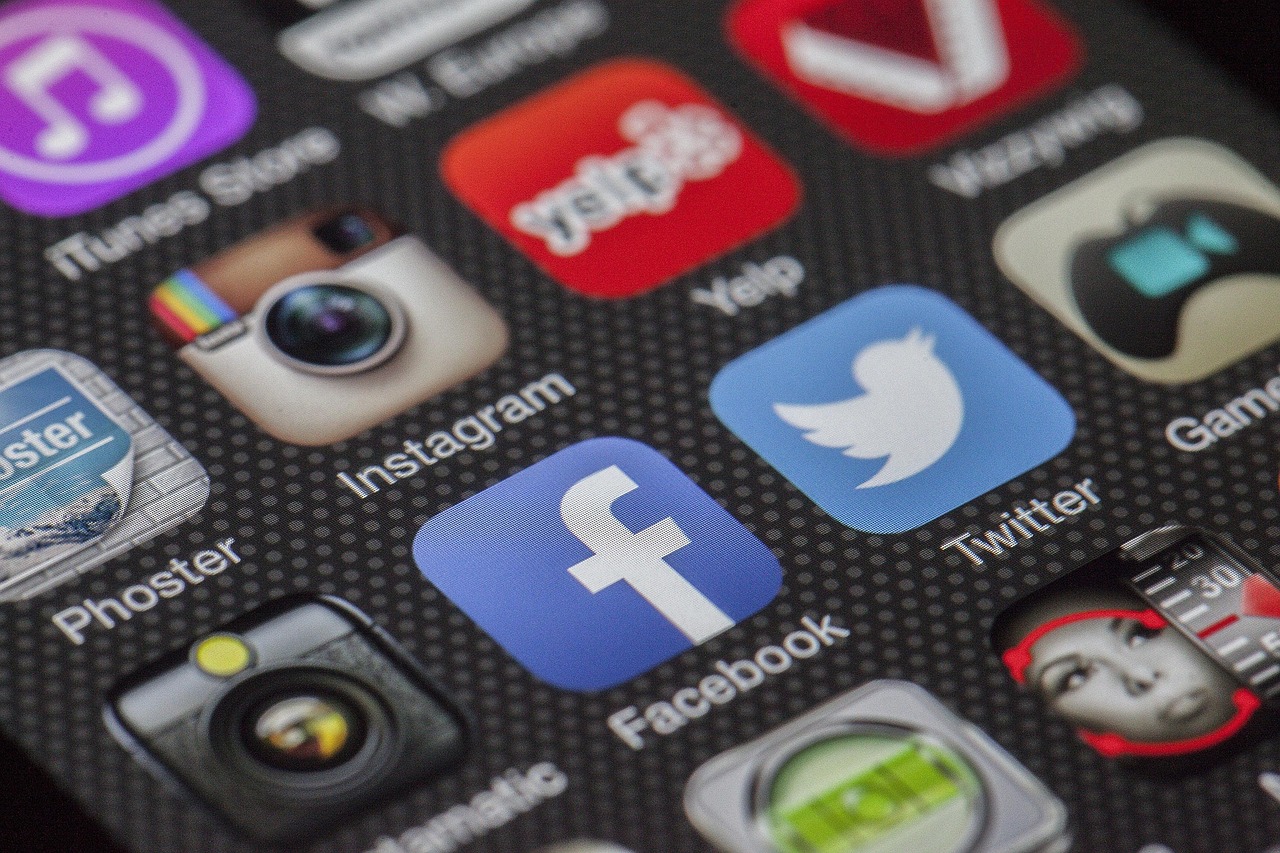NFT-Verified Crowd Art Projects: Transforming Collective Creativity

In recent years, the intersection of blockchain technology and art has given rise to a novel phenomenon: NFT-verified crowd art projects. These projects leverage the decentralized and secure nature of blockchain to authenticate and manage collective art creations. As the digital art scene evolves, NFT (Non-Fungible Token) technology is redefining the boundaries of collaborative creativity, offering new paradigms for artists and audiences globally.
Non-Fungible Tokens, essentially units of data stored on a blockchain, certify a digital asset’s uniqueness and ownership. Unlike cryptocurrencies such as Bitcoin or Ethereum, which are fungible and can be exchanged one-to-one, NFTs are unique and cannot be exchanged on a like-for-like basis. This unique property makes them particularly suited for digital art, where provenance and originality are paramount.
The Rise of NFT-Verified Crowd Art
NFT-verified crowd art projects invite participants from across the globe to contribute to a single, evolving piece of art. By employing blockchain technology, these projects ensure transparency and verifiability, granting each contributor recognition and ownership of their input. This paradigm is transforming how art is created, owned, and experienced, with significant implications for the art world.
Several projects have emerged as pioneers in this space, offering insights into the potential and challenges of NFT-verified crowd art:
- The Million Dollar Homepage: While not an NFT project, this early experiment in collective digital art set the stage. Participants bought pixels on a webpage to collectively create a mosaic, demonstrating the potential for collaborative digital creation.
- Async Art: This platform allows artists to create programmable art split into “layers,” each of which can be owned and modified by different people. NFT technology ensures each layer’s authenticity and ownership.
- Art Blocks: Specializing in generative art, Art Blocks allows artists to mint NFTs that are algorithmically generated, ensuring each piece is unique while contributors participate in the creative process.
Global Context and Implications
The adoption of NFT-verified crowd art projects is not only a technological advancement but also a cultural shift. By democratizing the creation process, these projects are broadening access to art creation and ownership. This democratization has several global implications:
- Increased Accessibility: Artists and enthusiasts from underrepresented regions can participate in global art projects, breaking down geographical and economic barriers.
- Enhanced Collaboration: Creative professionals from diverse backgrounds can collaborate seamlessly, fostering innovation and cross-cultural exchange.
- New Economic Models: Artists can monetize their contributions in new ways, as blockchain technology facilitates microtransactions and royalty payments.
Challenges and Considerations
Despite the promising potential of NFT-verified crowd art projects, several challenges must be addressed to ensure sustainable growth and ethical practices:
- Environmental Impact: The energy consumption associated with blockchain transactions is significant. Solutions such as proof-of-stake consensus mechanisms are being explored to mitigate this issue.
- Intellectual Property Rights: Clear frameworks are necessary to manage and protect the intellectual property of contributors in decentralized projects.
- Market Volatility: The NFT market is subject to fluctuations, which can impact the valuation of art and the financial stability of artists.
Conclusion
NFT-verified crowd art projects represent a transformative shift in how art is created, shared, and valued. By harnessing blockchain technology, these projects offer unprecedented opportunities for collaboration and democratization within the art world. As technology advances and adoption grows, stakeholders must navigate the challenges to fully realize the potential of this innovative art form. For the tech-literate professional audience, understanding these dynamics is crucial as they shape the future of digital creativity.
















